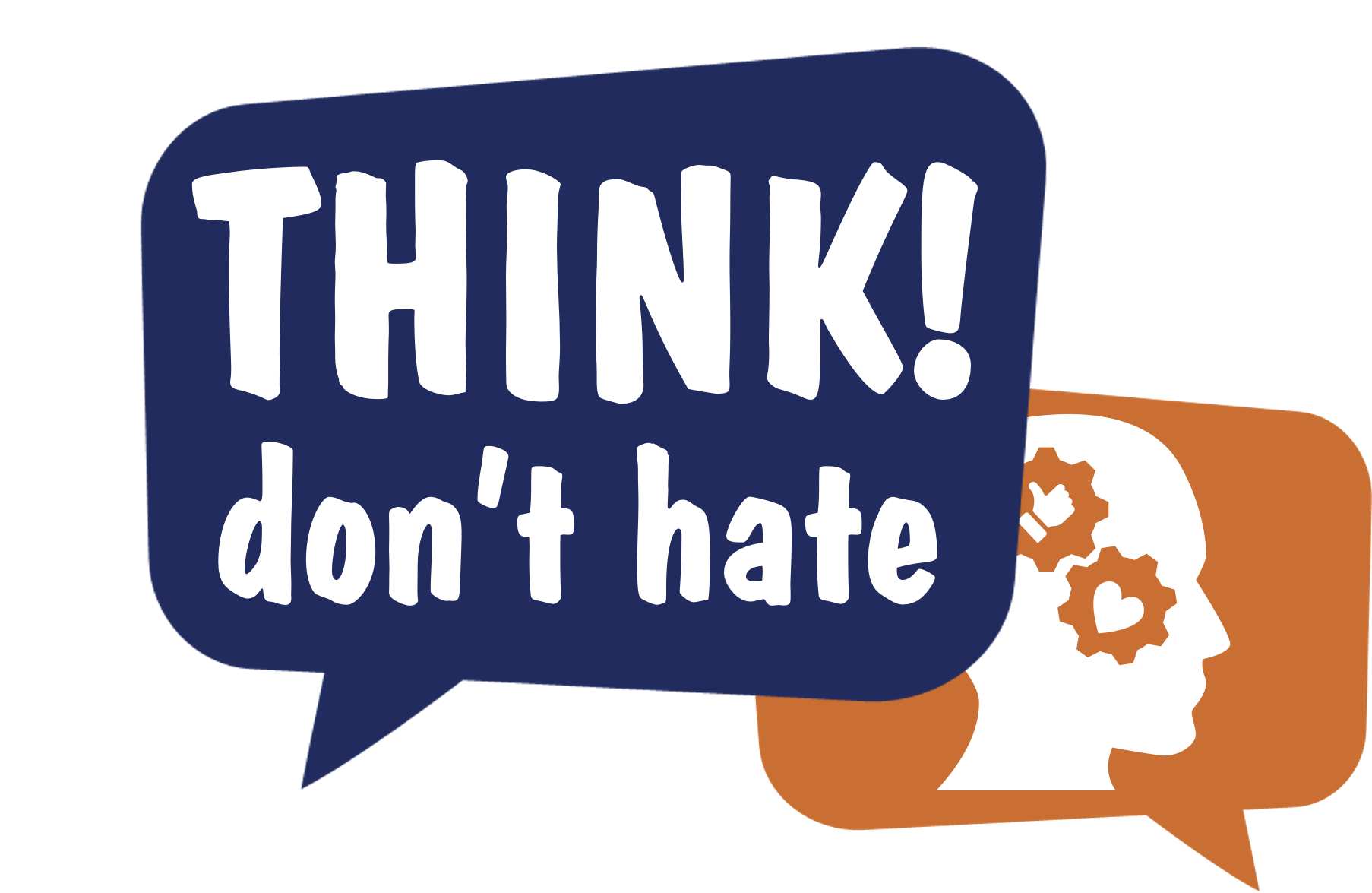
CHAPTER 1
D. WHERE DOES THIS COME FROM?
“How we see the world around us, is how the world will treat us.”
No doubt that every problem has its own roots and hate speech is no exception. But how does it work? Where does all this harmful hate come from and how is it born in the first place? Well, there is a lot hiding behind it…Let’s take a look:
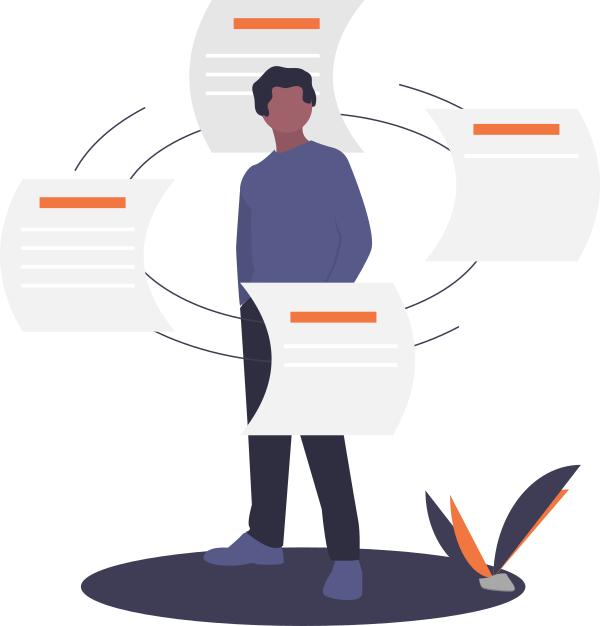
LEVEL 1: Stereotypes
“Stereotypes are generalized, oversimplified or generalized beliefs about a group of people. A stereotype is “an image in our mind”, that determines how we come to hold certain beliefs about a person, just because that person belongs to a certain group.”
Stereotypes are an integral part of our everyday life, perception and behaviors, affecting our habits, our relationships with family and friends, our traditions and customs, our political beliefs, our social attitude, even our sexual behavior.
So, what are the main characteristics of stereotypes?
- They are mostly negative in nature, but (rarely) they can be positive as well.
“Greeks are lazy.”– but also:“Greeks are warm and welcoming people.”
- They are usually based on few factsand partial truths with no scientific evidence, therefore they usually are false statements.
“Asians are good at math.” – it is a false statement with no scientific proof:, although there have been a lot of bright cases of Asians thriving in natural sciences and mathematics.
- They arise out of social interaction, past experiences and emotional background, with a good deal of fantasy.
- They are overgeneralizedbeliefs, which might be stimulated or reach the level of exaggeration due to irrelevant factors such as movies, music or literature.
“Latin men are fantastic lovers.” –a stereotype rooted in cinema, since many films in the ‘60s, ‘70s, and ‘80s included Latin men who were irresistibly charming and seductive.
The Harvard Educational Review (2019): “asians Are Good At Math” Is Not a Compliment: Stem Success As a Threat To Personhood, by Niral Shah
- They grow out of conflicts between individuals or groups and end up to (usually) negative narratives towards the out-group and positive towards the in-group.
- They depend on the context. For instance, a trait asserted to an individual/group depends on the individual/group to which they are compared.
”Scandinavians are well-structured and progressive.” – when compared to Balkans people.
“Scandinavians are cold and distant.” – when compared to Mediterranean people.
- It is not easy to change them, However, if there is enough contrary information, they can be re-evaluated and changed.
“Women have the motherly instinct.” – which comes from the traditional formula of the past, where women were mostly responsible for raising their children. However, in modern societies the number of fathers taking care of their children has risen significantly, inserting the “paternal instinct” as equally prevalent and important.
- They affect the way we absorb or react to certain information. As stereotypes tend to reserve a place in our subconscious, we tend to support information that reassure them and reject or ignore information that is not aligning with them.
But is this the end of the road? Or maybe stereotypes are powerful enough to create other, more worrying consequences? Let’s move up to Level 2 to find out!
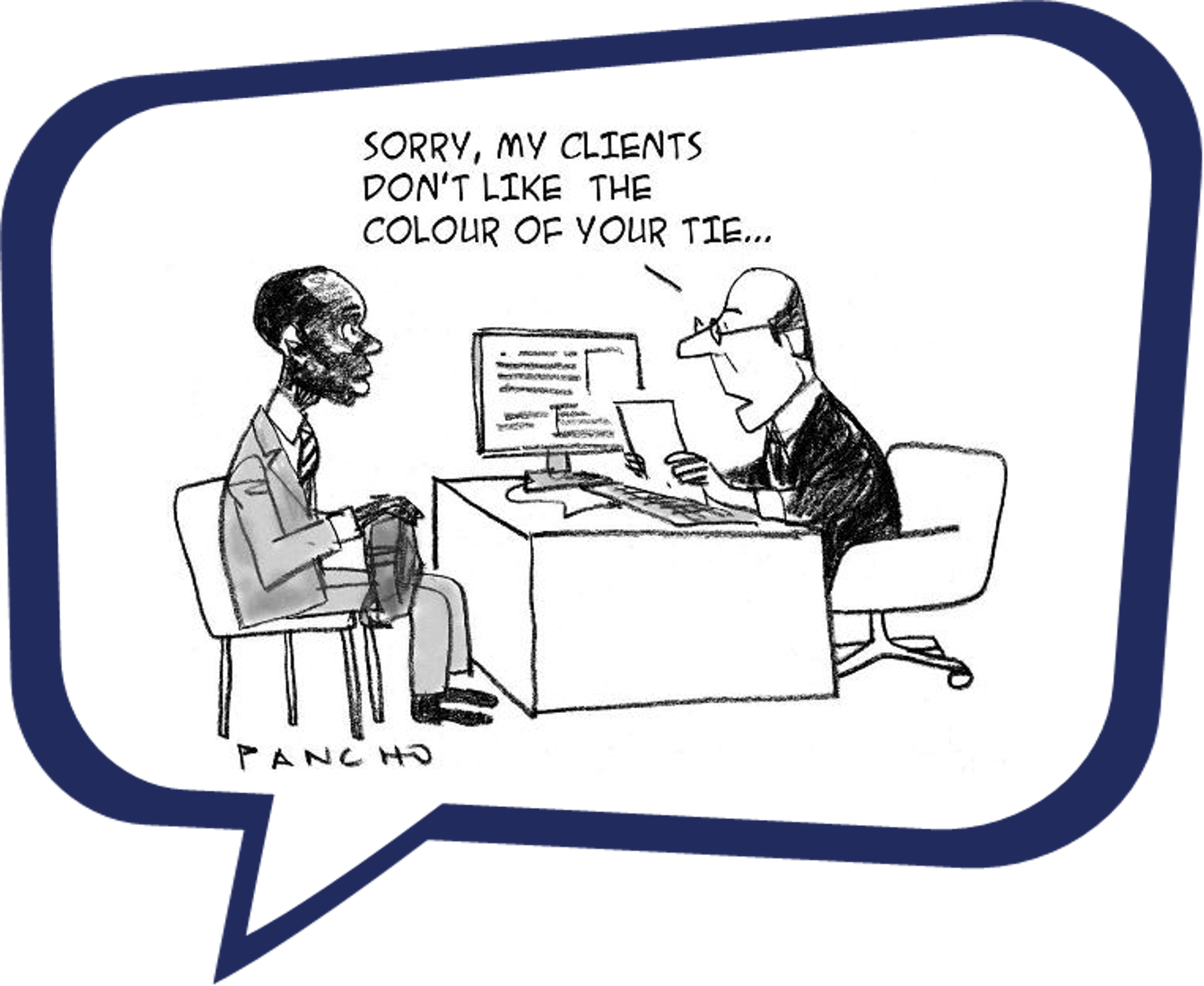
LEVEL 2: Prejudice
“Prejudice is an unfair and unreasonable opinion or feeling, especially when formed without enough thought or knowledge."
Prejudice, in the majority of the cases, refers to negative attitudes of rejection towards themembers of a group, based on the sole fact that we consider them as belonging to that group.
Prejudice often begins in the form of a stereotype and expands in a way that makes us selectively interpret reality through our conscious or sub-conscious negative feelings, stereotyped beliefs and a tendency to discriminate against an individual or a group of people, which are often based on their race, gender, ability, ethnicity, nationality,religion, age, social status, sexual orientation, economic status, etc.
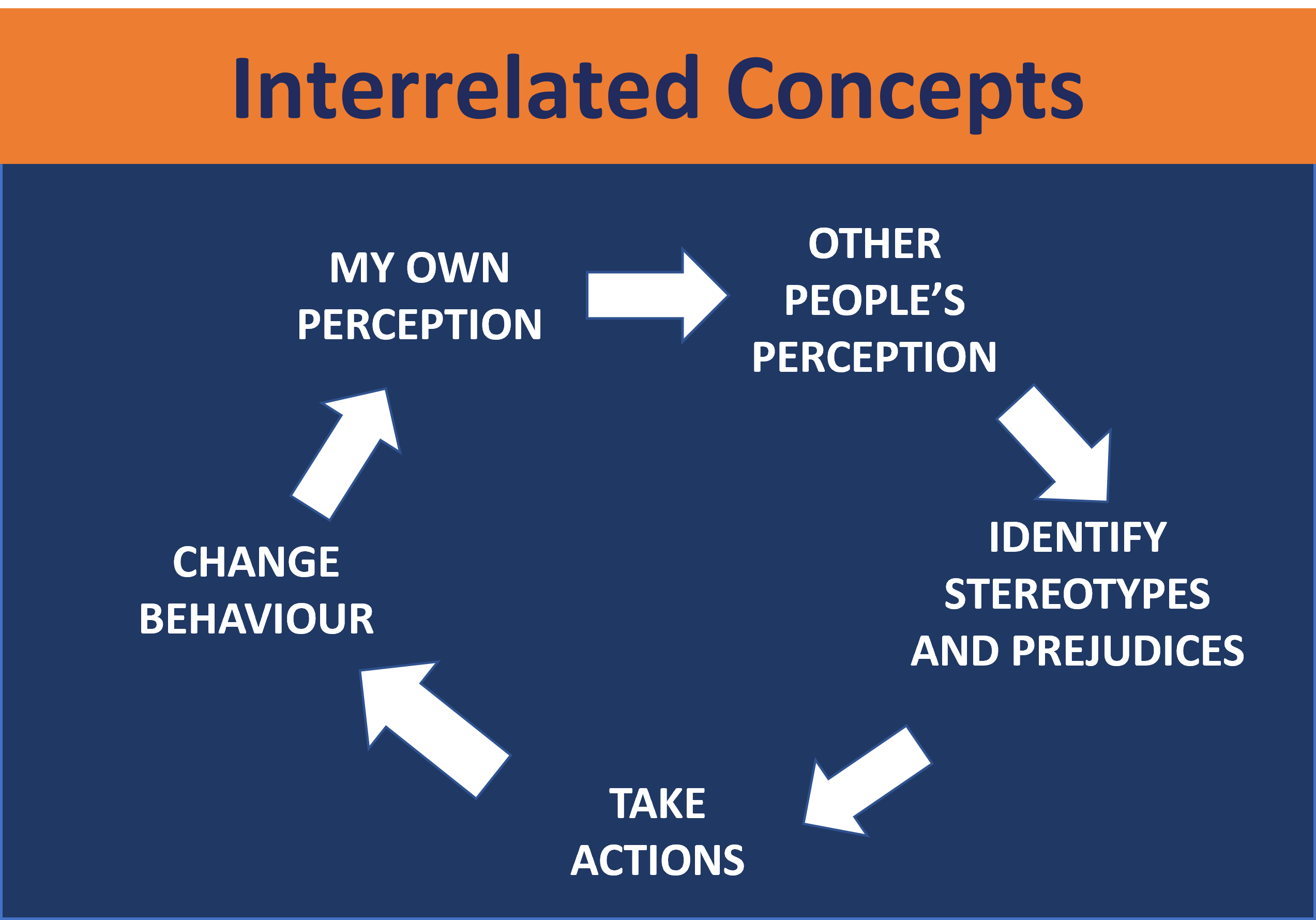
Racism
“Black people’s scalps are more similar to apes than humans.”
Sexism
“Men are more competent in sports than women.”
Ageism
“The elderly are slow in mind and incompetent.”
Classism
“Poor people steal.”
Homophobia
“Being gay is contagious.”
Nationalism
“Aryans are the master race.”
Religious prejudice
“All Muslims are terrorists.”
Xenophobia
“Refugees will take our jobs and ruin our future.”
Although these examples might sound harsh and unacceptable in the modern ages, unfortunately it is a fact that they still exist to a large extent in the broad population, although they do not reflect reality at any level.
In other words, stereotypes and prejudices make us act like this: wedo not see before we define, but we define before we see.
And where does this misperception and misinterpretation of reality lead us in the end of the day? How do they affect our behavior towards others? Let’s see!
LEVEL 3: Discrimination
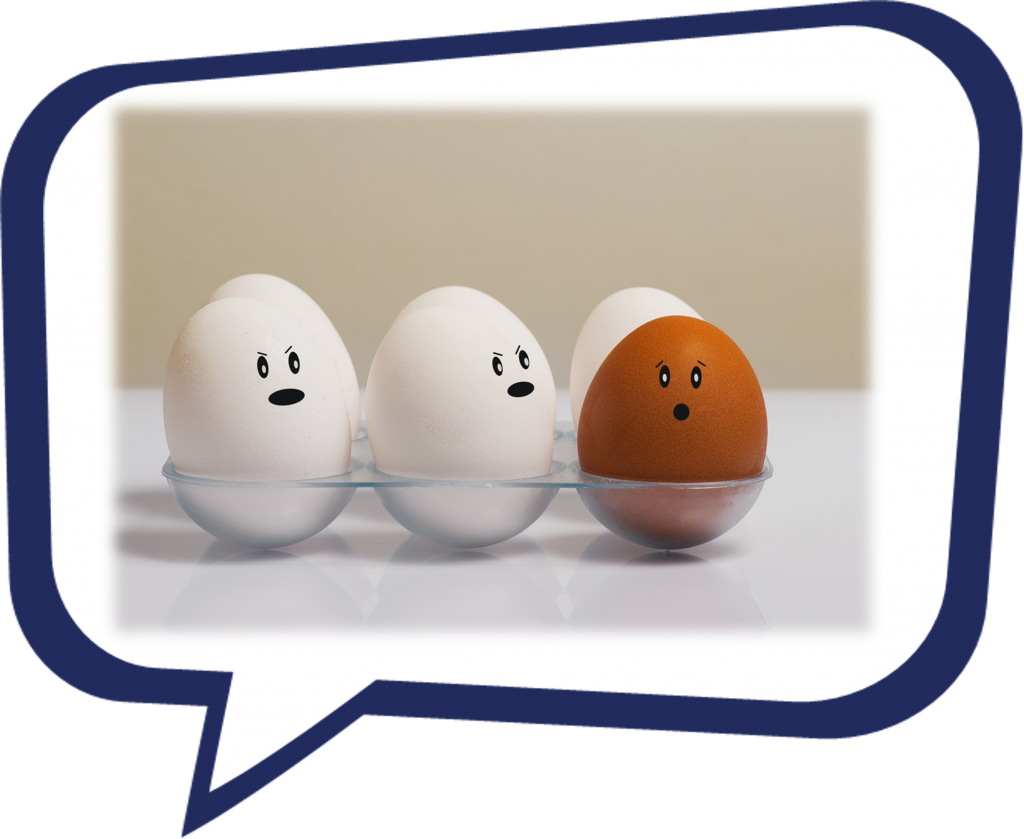
“Discrimination is anunfair behavior towards the individuals or members of a group, based on the prejudices that exist towards them”.
We hear, read or discuss a lot about discrimination in our everyday life, as it seems to be a common occurrence in modern societies, despite the huge efforts against it by local, national and international stakeholders, educational structures, NGOs, informal groups of people or even individual initiatives, that takes place both online and offline.
Discrimination against a target group can be straight forward or disguised under the mask of harmless and superficially fair behaviors. Schematically, discrimination can be recognized in three different forms:
- Direct discrimination – it includes behaviors, attitudes and actions that obviously intend to harm a certain target group through differentiating it by cultural belonging, age, gender, socioeconomic status etc.
Example: a properly qualified woman is not offered a promotion and the job goes to a less qualified man.
- Indirect discrimination – it includes behaviors, attitudes and actions that seem to be neutral and inclusive, but it is a common understanding that a certain target group cannot follow or participate for some reason.
Example:a minimum height requirement for a job where height is not relevant to carry out the role.
- Structural/Systemic discrimination – it includes behaviors, attitudes and actions delivered by state institutions or structures, which do not ensure equal rights and opportunities to everyone, excluding a certain target group from the socioeconomic and political life.
Example:different criminal laws imposed to a certain target group due to their political beliefs.
After exploring all these different, though interlinked phases, let’s meet the king of the jungle: HATE SPEECH!
LEVEL 4: Hate speech
“Hate speech is any kind of communication in speech, writing or behavior, that attacks or uses pejorative or discriminatory language with reference to a person or a group on the basis of who they are, in other words, based on their religion, ethnicity, nationality, race, color, descent, gender or other identity factor.”
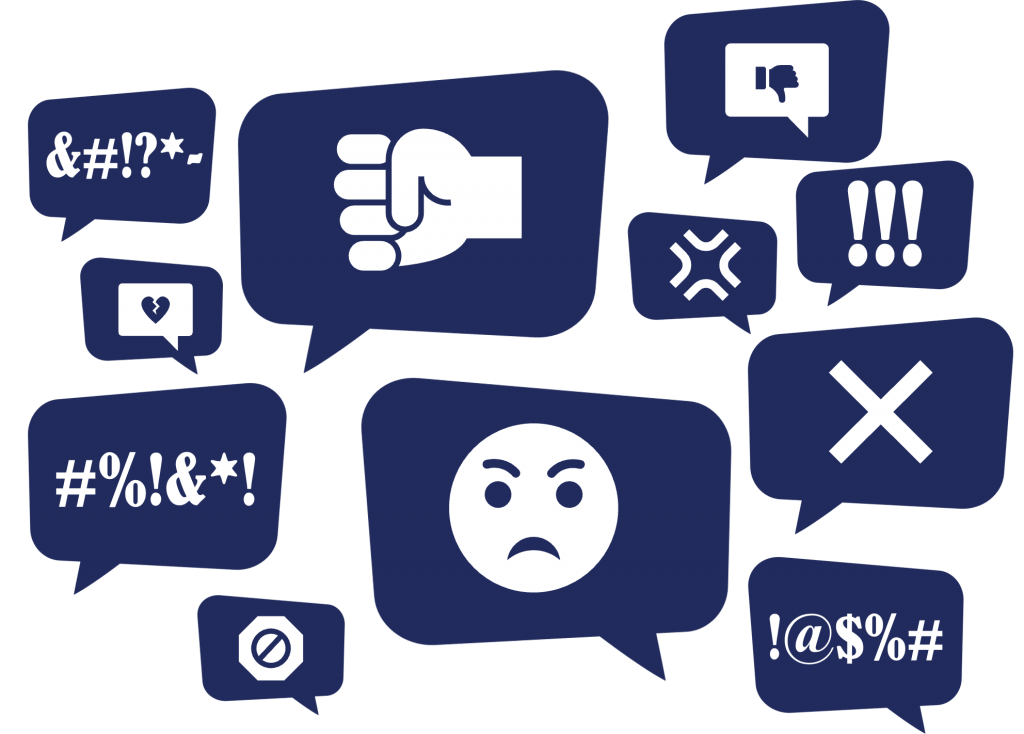
Several EU institutions describe hate speech as a repeated verbal or psychological harassment carried out by an individual or group against others. Hate speech is all about inappropriate, abusive or cruel insults or demeaning language or threatening words directed at or against a person or group of persons identified by their race, ethnicity, nationality, religion, sexual orientation, disability, gender, or other sources of discrimination.
And if this phenomenon already existed in face-to-face interactions, the explosion of Internet use has inevitably led to an explosion of online hate speech, not only in terms of cases, but also in different forms and variations.
Online hate speech includes all forms of expression, such as:
Words
(written or spoken)
Images
(pictures, photos, drawings, memes)
Videos
Cyberhate
Or any other form of online activity.
But why is this phenomenon getting wilder online? What are the main reasons that push the perpetrators to behave far beyond the limits of bearable, let alone acceptable against their victims? Let’s take a look:
- ANONYMITY: luckily or not, Internet is a vast space, free to be used by anyone, providing the opportunity to its users to hide behind anonymity and keep their identities secret. Although from a positive point of view this can protect some of the users or give them the courage to more openly express themselves, on the other hand it also gives the perpetrators the chance to disguise and unleash their hatred against their victims with no limits (or even consequences).
- DISTANCE: physical distance between the victims and the perpetrators gives the latter the luxury to not be directly affected by the consequences of their hateful behavior, to emotionally distance from the situation and therefore exaggerate in their actions/behaviors.
- LACK OF RESPONSIBILITY: the digital reality gives the false impression to the perpetrators not only that the consequences of their actions are less effective, but also that they do not bear any kind of responsibility for them. In this context, perpetrators often project the argument of “freedom of expression” and “freedom of speech”, in an effort to free themselves from the burden of their actions, though this of course is not relevant at all.
- WIDER AUDIENCE: the vast digital world inevitably offers the perpetrators a wide audience to observe their hateful behavior and also react on it, giving them the satisfaction of visibility and power.
- SHARING: the sharing feature of the majority of online platforms that allows the users to share comments or re-post, contributes to the expansion of hateful content, which spreads far more easily and therefore prolongs its “life time” even beyond the original post.
- VICTIMS RELUCTANCE: online activity can be equally harmful to in-person incidents. However, the complexity of the reporting mechanisms and the false impression that “it is not worth reacting/defending themselves”, makes the victims of online hate speech reluctant to report the incidents. For this reason, the phenomenon gets out of control, as perpetrators continueto spread their hate online uninterrupted and without suffering the consequences.
In any case, it is common sense that online hate speech is a crucial modern phenomenon which can bring devastating results not only to its targets, but also to the society as a whole, and it needs to be immediately tackled.